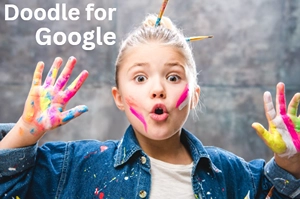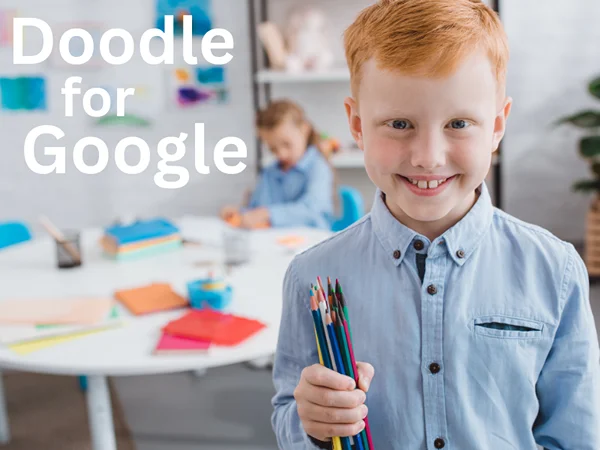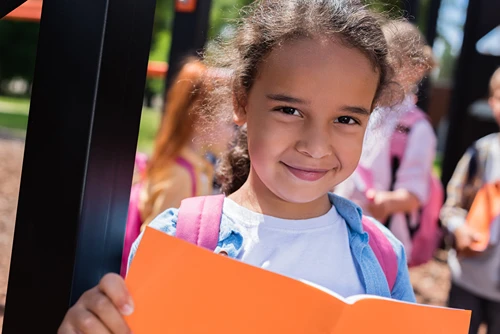Did They Write This? Understanding AI Detection in Classrooms
The rise of artificial intelligence in education has sparked a whirlwind of questions, concerns, and unexpected challenges. One of the hottest debates revolves around AI-generated content and its impact on student learning. Teachers across the globe are increasingly wondering, “Did they actually write this?”
And while tools like ChatGPT open exciting doors for creativity and accessibility, they also throw a wrench into the traditional ways educators assess student work. As a desperate measure, AI detection is becoming the go-to defense against this uncertainty. But how accurate is it? Can it truly differentiate between human and machine-written content? And more importantly, how should schools and educators respond to this evolving landscape? In this article, we’ll unpack all this, and more.
What is AI Detection, Really?
AI detection tools are algorithms trained to spot patterns in writing that are characteristic of machine-generated content. Contrary to popular belief, they aren’t magic and they don’t discover secret markers. Instead, a human creates a dataset, with one half being labeled as AI-generated content and the other half being
These patterns might include overly formal sentence structures, a lack of emotional nuance, or even overly polished grammar. Think of it as a kind of forensic analysis that tries to reverse-engineer how a piece of text came to be.
Some of the most commonly used AI detectors scan writing for:
- Repetitive phrasing or sentence structure – AI-generated text often reuses similar sentence patterns, making the writing feel robotic or overly uniform.
- A suspiciously neutral tone – The language tends to lack strong opinions or emotional variance, which can make it feel impersonal or bland.
- Overuse of generalizations – Rather than specific insights or examples, AI writing leans heavily on vague or broad statements.
- Lack of personal experience or anecdotal content – Because AI has no lived experience, its writing usually avoids stories, memories, or personal reflection.
- Excessively anecdotal content – Usually, when prompted to include more natural content or experiences, AI overdoes it and tries to overcompensate with an overly personal approach.
These tools typically return a “probability score” that estimates how likely it is that a given piece of text was written by AI. However, these scores are not definitive, and that’s where things get tricky. Not to mention, children are encountering AI in family life more frequently, which will inevitably lead to false accusations.
The Elephant in the Classroom: Accuracy Concerns
Here’s the uncomfortable truth: AI detection doesn’t work. The tools available today are deeply flawed, based on outdated models and shaky assumptions. They often flag creative or articulate students while letting genuinely AI-written content slide through unnoticed. These systems aren’t grounded in science—they’re guesswork dressed up in statistics.
False positives are rampant, and the harm they cause is real. Students are being doubted for writing well. Multilingual students, in particular, often face disproportionate scrutiny because their language patterns don’t match the training data the tools rely on.
Treating these detectors as anything more than speculative signals leads to broken trust, unjust accusations, and damaged classroom dynamics. The tools aren’t proof—they’re just noise. Teachers must resist the urge to lean on them and instead focus on the one thing no algorithm can replicate: a real understanding of their students.
A New Kind of Literacy: Teaching AI Awareness
Instead of viewing AI tools as enemies, schools have an opportunity to reshape digital literacy. Just as students learn how to cite sources or paraphrase existing texts to avoid plagiarism, they now need guidance on how to ethically use AI tools.
This involves:
- Understanding when AI use is appropriate
- Learning how to blend AI assistance with original thought
- Developing transparency by acknowledging use of AI tools where relevant
- Work to reduce the risks of cognitive offloading caused by AI reliance.
It’s not about banning ChatGPT or similar platforms. It’s about teaching students how to use them responsibly, just like calculators, spell checkers, or grammar tools.
Balancing Trust and Technology
Despite the immense benefits of AI for learning, the fear that students will rely too heavily on AI is valid. But it should not override the foundation of trust that good teaching is built on. Classroom conversations need to shift from suspicion to support. If a student turns in suspiciously advanced work, the response should be curiosity, not accusation.
Asking questions like:
- How did you approach this assignment?
- What part did you find most challenging?
- Can you walk me through your writing process?
…opens dialogue and allows educators to better assess understanding without jumping to conclusions.
Tech Tools to Watch (and Use with Caution)
Several companies have jumped on the AI detection bandwagon, promoting their tools as silver bullets for spotting machine-generated content. But the truth is, these tools often do little more than exploit teacher anxiety. You must approach the matter hands-on and learn by reading, reviewing and comparing different texts.
AI detection is a shaky science at best—and a scam at worst. These tools are only as good as the data they’re trained on, which means their outputs are inconsistent, prone to bias, and incapable of keeping pace with modern language models. Worse, they perpetuate the false belief that machine-written text can be reliably distinguished from human work. It can’t.
Educators should not base disciplinary decisions on these systems. Instead, the real insight comes from knowing your students—their voice, their habits, their growth. That context will always tell you more than any algorithm.
Building AI-Conscious Classrooms
To prepare students for a future where AI will be an everyday tool, educators need to encourage authentic learning experiences. That means:
- Incorporating reflective writing and in-class activities
- Prioritizing feedback over grades
- Encouraging peer reviews and revisions
- Creating space for voice, opinion, and personal insight in assignments
When students feel ownership over their work, they’re less likely to outsource it to an AI. We must realize the cat is out of the bag and that Gen Z and Gen Alpha are potentially misusing AI.The goal is to foster environments where creativity and effort are more valued than perfection.
Final Thoughts
The question isn’t just Did they write this? It’s Why would they choose not to? If we want students to engage meaningfully, the system must reward authenticity. That means rethinking assignments, updating assessment methods, and continuing to evolve alongside technology.
AI isn’t going away. And neither is the need for human expression. Education is at a crossroads where both must coexist, not compete. Rather than fearing the question, “Did they write this?”, we should welcome the deeper inquiry: “What are they trying to say?”
In a world where students have access to powerful tools, our role isn’t just to police usage but to guide purpose. If we do that well, AI won’t replace learning—it’ll enhance it.
About the Author:
Ryan Harris is a copywriter focused on eLearning and the digital transitions going on in the education realm. Before turning to writing full time, Ryan worked for five years as a teacher in Tulsa and then spent six years overseeing product development at many successful Edtech companies, including 2U, EPAM, and NovoEd.






